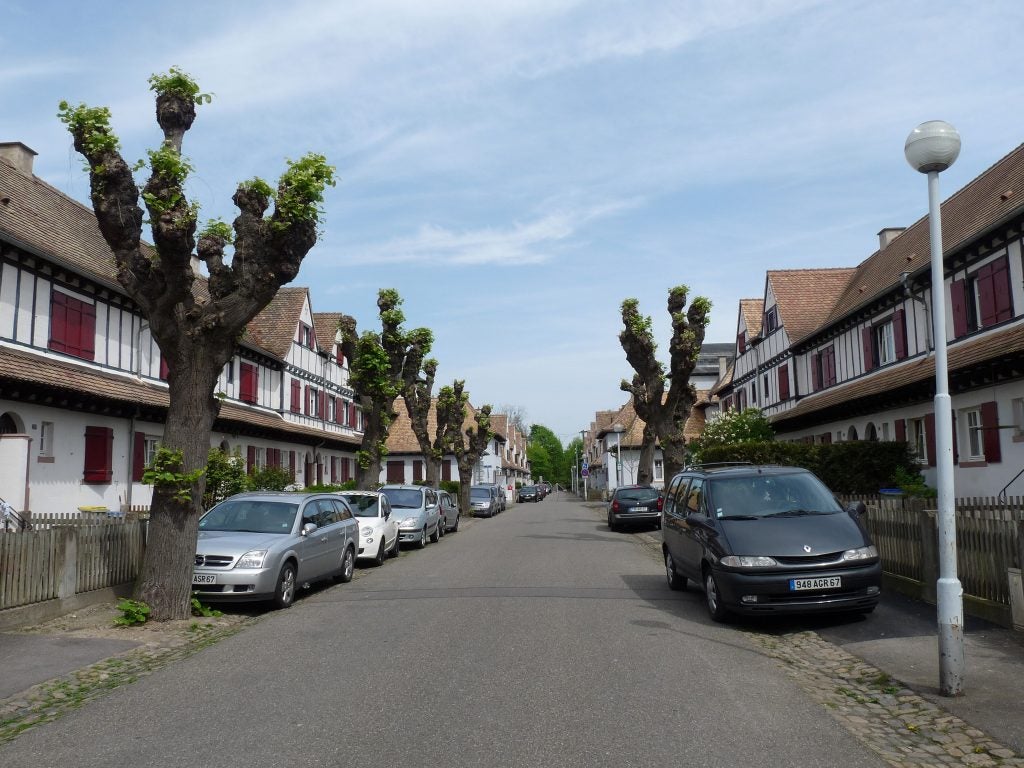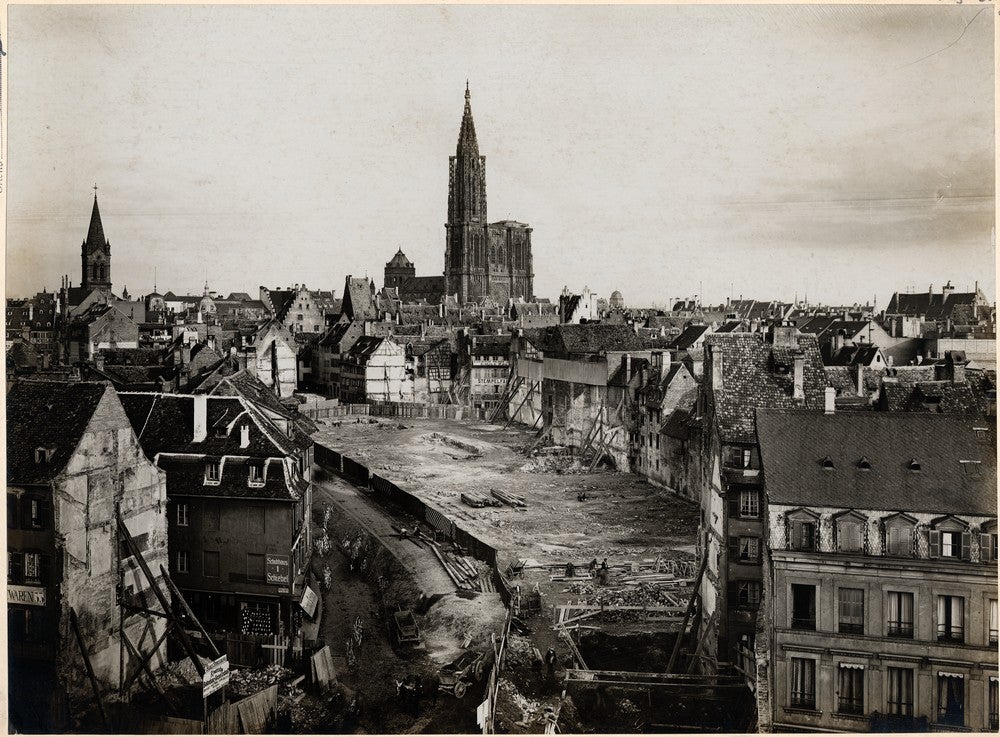La Cité Jardin: Modern Urbanism in Strasbourg, Pt. 2
‘by Jeremy Allan Hawkins’
In Alsatian, “Stockfeld” means something like “field recently reclaimed from the forest,” and it was the name of a rural satellite village six kilometers south of Strasbourg. At the turn of the twentieth century it was mostly agricultural, and relatively distant from urban life. It was here that the city planners decided to build 457 new housing units for the working class who were displaced by La Grande Percée, and to do so in the spirit of the Garden City Movement.
La Cité Jardin: Modern Urbanism in Strasbourg, Pt. 2 Read More »
‘by Jeremy Allan Hawkins’
In Alsatian, “Stockfeld” means something like “field recently reclaimed from the forest,” and it was the name of a rural satellite village six kilometers south of Strasbourg. At the turn of the twentieth century it was mostly agricultural, and relatively distant from urban life. It was here that the city planners decided to build 457 new housing units for the working class who were displaced by La Grande Percée, and to do so in the spirit of the Garden City Movement.





